What do you mean by predictive analytics in ecommerce?
Predictive analytics in ecommerce refers to using advanced technologies like AI and machine learning to analyze past and present ecommerce data to predict future trends and consumer behavior, helping businesses make smart decisions and improve their online stores.
Predictive vs traditional analytics
Both predictive and traditional analytics analyze data to get meaningful insights. However, they’re different in some aspects. Let’s take a look at how predictive analytics differs from traditional analytics.
| Predictive analytics |
Traditional analytics |
| Predicts future outcomes based on past data |
Analyzes past data for historical trends |
| Goal is to predict what’s going to happen |
Goal is to understand what happened in the past |
| Uses AI and machine learning |
Relies on statistical analysis and descriptive analytics tools like Microsoft Excel, Tableau, Python, and R programming languages. |
| Supports proactive decision-making by giving actionable predictions |
It helps in understanding past performance for informed decision-making |
What are the benefits of predictive analytics?
Predictive analytics can help businesses make more informed decisions based on projected data. It can detect patterns and trends in data, helping various business activities make unpredictable predictions about future events.
1. Improved customer experience
Predictive analytics benefits businesses by forecasting customer behavior based on past data and providing personalized suggestions, customer feedback, and customer needs. It goes beyond businesses understanding their clients; instead, it predicts future behavior, helping them to foresee and proactively handle customer expectations.
Businesses can use these predictions to create individualized recommendations and experiences, improving the customer buying journey, customer satisfaction, and happiness. This promotes long-term connections, emphasizes customer retention to reduce churn rates, and, ultimately, increases customer lifetime value. These insights, gathered from previous shopping and spending trends, increase the chance of purchases and drive corporate success.
2. Smarter inventory management
With predictive analytics ecommerce, businesses can predict which products will be popular and when. It will help your business stock up on the right items at the right time, reducing the risk of running out of stock or being stuck with products nobody wants.
3. Improved pricing strategies
Predictive analytics improves product pricing by demand forecasting using historical sales, customer data, and market trends. This enables firms to increase earnings and attract more clients.
4. Fraud detection and prevention
Predictive analytics continuously monitors customer behavior to track fraudulent behavior or patterns. It can predict which users are more likely to commit fraud or scams with you.
5. Cost savings and efficiency
Predictive analytics in inventory management reduce costs by optimizing inventory levels. Businesses that effectively forecast demand in future can avoid overstocking, which lowers storage costs, eliminates the risk of obsolete inventory, and prevents waste. Furthermore, effective inventory management lowers labor costs associated with surplus inventory and increases overall operational efficiency.
How to implement predictive analytics in ecommerce
Predictive analytics in ecommerce uses current data, statistical algorithms, and machine learning approaches to predict future demand and events based on past data. Here's how you can implement predictive analytics in your ecommerce business:
Step 1: Data collection: Start by gathering big data from different sources, such as customer transactions, website interactions, and demographics. This will give you a comprehensive view of your customers and their behavior.
Step 2: Data cleaning and preparation: Once you have your data, clean and organize it. Remove any inconsistencies or errors to ensure accurate results.
Step 3: Model selection and training: After cleaning the Next, choose the right predictive analytics model for your needs. Depending on what you're trying to predict, this could be regression analysis, decision trees, or neural networks. Train your chosen model using historical data. This helps the model learn patterns and relationships that it can use to make predictions.
Step 4: Testing and validation: The next important step is testing the model's accuracy using separate datasets after training. This step ensures that your predictions are reliable.
Step 5: Implementation: Once you're confident in your model, integrate it into your ecommerce platform. This allows you to generate real-time insights and predictions that can drive decision-making. You can then use the predictions and insights generated by your model to optimize various aspects of your ecommerce operations.
Step 6: Continuous monitoring and optimization: Finally, continuously monitor your predictive analytics system and refine your models based on new data and changing business needs. This ensures that your predictions are accurate and relevant over time. Using our database and extensive data analytics features right on your dashboard, you can understand your customers on a deeper level.
What are the levels of predictive analytics ecommerce modeling?
There are three main levels of predictive analytics.
1. Descriptive modeling
It's like going back in time to see what happened in the past. This allows you to identify trends and patterns in historical data, which helps predict what will happen next.
2. Predictive modeling
This is where you make educated predictions about what's likely to come next by using the identified trends and patterns from historical data.
3. Prescriptive modeling
By considering all sorts of factors and variables, this model recommends the best actions to take, aiming to achieve specific goals and boost success. Prescriptive analytics is used to identify the best course of action based on those predictions.
Types of predictive analytics models
There are a few different types of predictive analytics models. Let’s go through them one by one.
1. Regression analysis
Regression analysis helps businesses expect numerical outcomes using previous data and pertinent variables, such as sales revenue or customer lifetime value.
2. Classification models
Classification algorithms categorize ecommerce data or segments, allowing businesses to forecast customer behavior like purchase intention, purchase history, or product preferences.
3. Clustering algorithms
Clustering algorithms combine related ecommerce data sets based on common criteria, allowing for market segmentation, customer profiling, and focused marketing strategies.
4. Time series forecasting
Time series models use previous data to forecast trends and patterns in ecommerce variables like sales data, sales volume, historical sales data, website traffic, data quality, and inventory levels.
5. Recommendation systems
Recommendation algorithms use user data and preferences to recommend personalized products or content to ecommerce clients, improving the user experience and increasing sales.
6. Anomaly detection
Anomaly detection models identify unusual patterns or outliers in ecommerce data, such as fraudulent transactions or irregular website behavior, helping businesses detect and mitigate risks in real time.
Here are some predictive analytics tools you can use for its implementation in your ecommerce businesses.
Alteryx
Alteryx enables users to blend, cleanse, and analyze data from various sources to build predictive models. Its workflow-based interface simplifies complex data processing tasks.
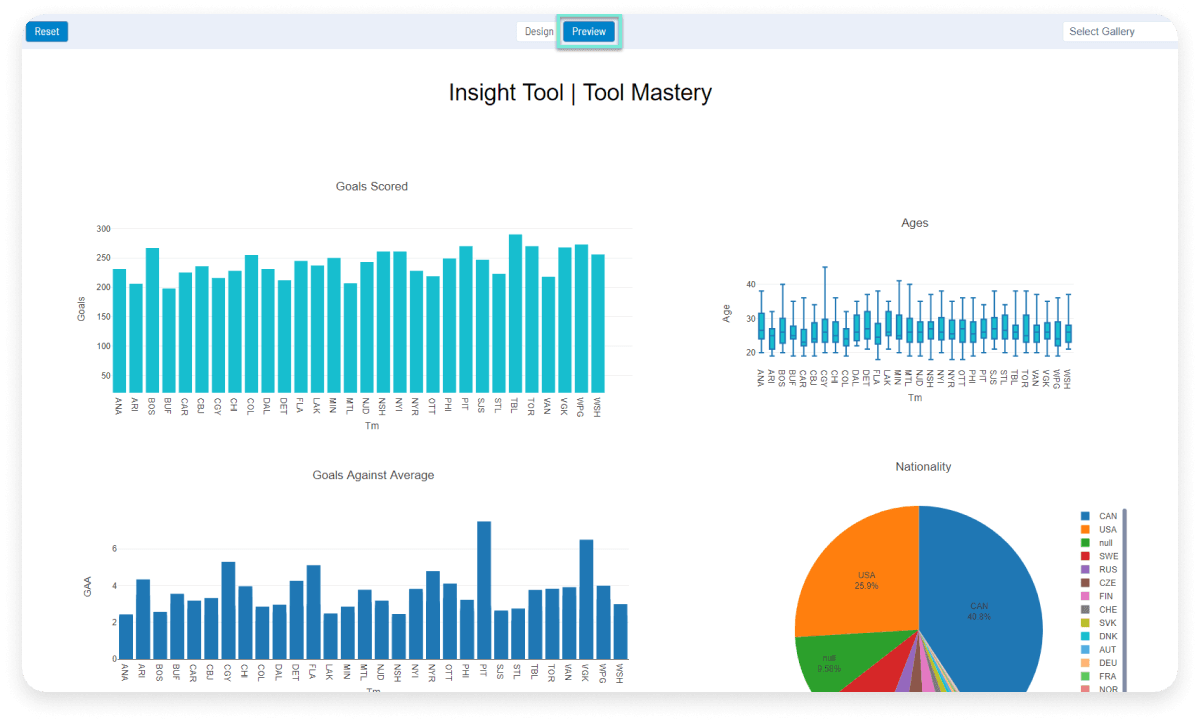 Alteryx offers advanced analytics, spatial analytics, and predictive modeling capabilities. It integrates with multiple data sources and provides data visualization tools. It streamlines predictive analytics workflows, allowing users to derive insights quickly. It supports collaboration among team members and offers scalability for large datasets.
Alteryx offers advanced analytics, spatial analytics, and predictive modeling capabilities. It integrates with multiple data sources and provides data visualization tools. It streamlines predictive analytics workflows, allowing users to derive insights quickly. It supports collaboration among team members and offers scalability for large datasets.
RapidMiner
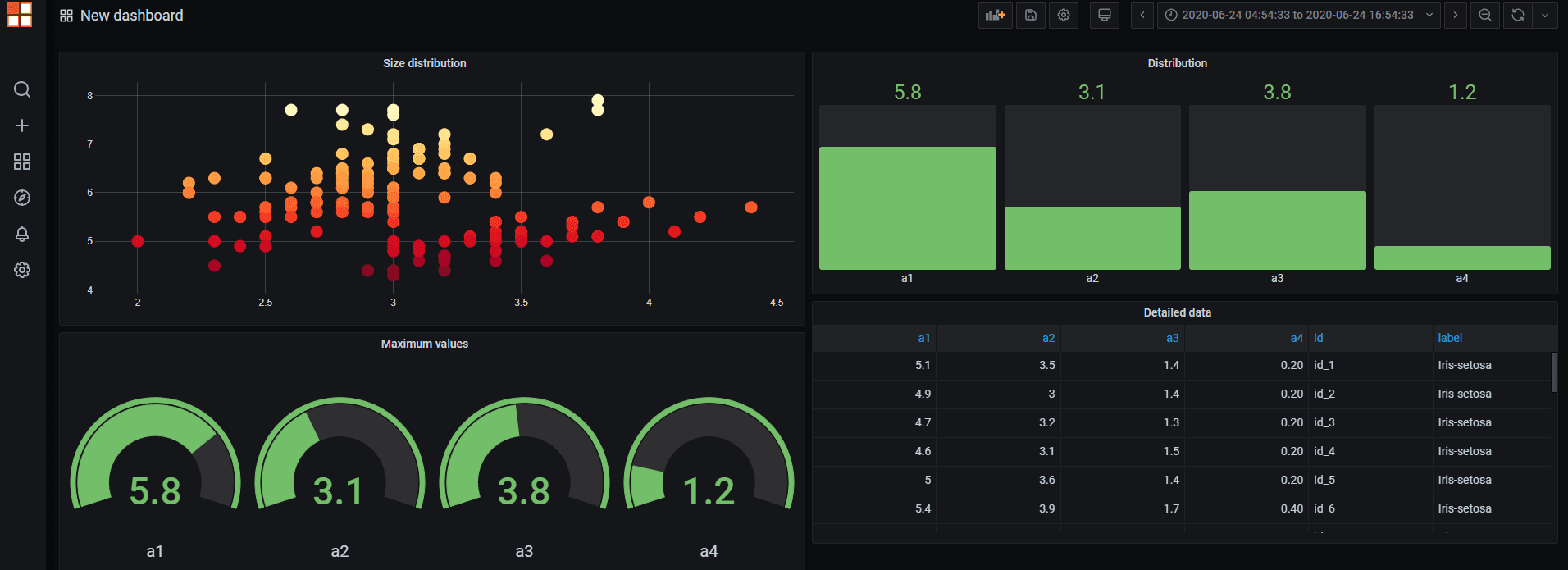 RapidMiner is a visual workflow tool that allows users to perform predictive analytics tasks without writing code. It offers drag-and-drop functionality for building models. It provides many machine learning algorithms, data preprocessing tools, and model validation techniques. It supports data integration from various sources. It is user-friendly, making it accessible to users with no programming background. It offers extensive documentation and community support.
RapidMiner is a visual workflow tool that allows users to perform predictive analytics tasks without writing code. It offers drag-and-drop functionality for building models. It provides many machine learning algorithms, data preprocessing tools, and model validation techniques. It supports data integration from various sources. It is user-friendly, making it accessible to users with no programming background. It offers extensive documentation and community support.
IBM SPSS
 IBM SPSS is comprehensive statistical analysis software with predictive analytics capabilities. It allows users to analyze data, build, and deploy predictive models. SPSS offers various statistical techniques, data visualization tools, and model deployment options. It supports integration with other IBM products. It is known for its ease of use and robustness in statistical analysis. It provides advanced features for data exploration and model building.
IBM SPSS is comprehensive statistical analysis software with predictive analytics capabilities. It allows users to analyze data, build, and deploy predictive models. SPSS offers various statistical techniques, data visualization tools, and model deployment options. It supports integration with other IBM products. It is known for its ease of use and robustness in statistical analysis. It provides advanced features for data exploration and model building.
SAS Viya
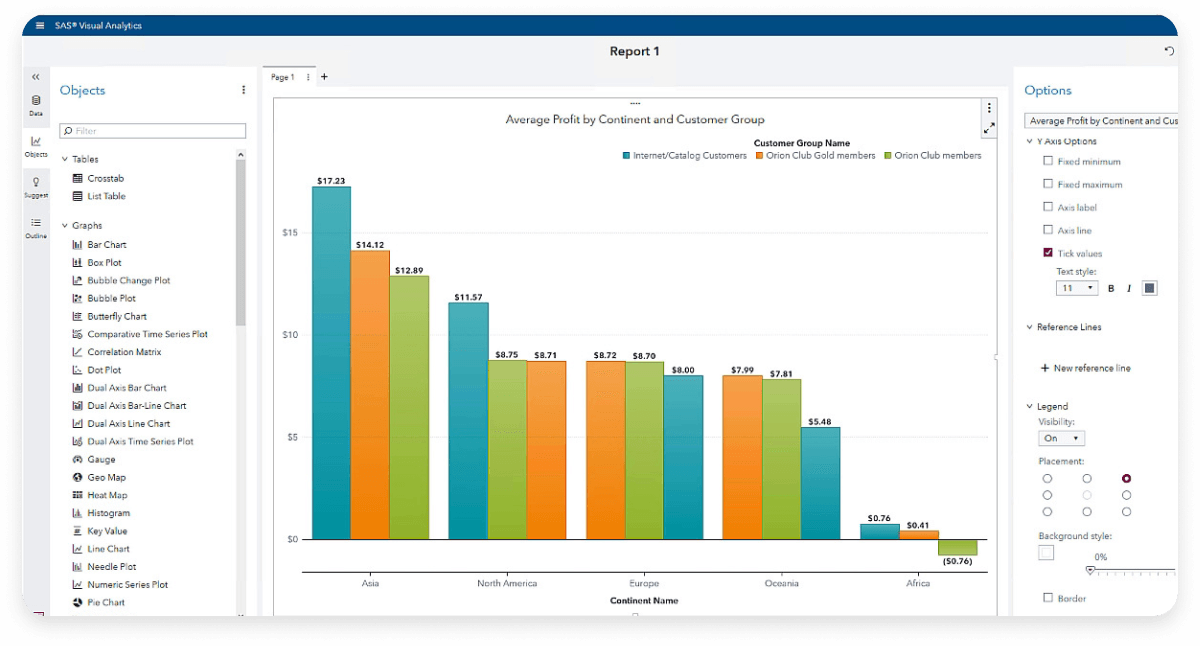 SAS Viya is a cloud-based analytics and machine learning platform. It provides data preparation, modeling, and deployment tools, allowing users to perform end-to-end predictive analytics workflows. SAS Viya offers advanced analytics capabilities, including machine learning algorithms, deep learning models, and natural language processing. It supports collaborative analytics and integrates with other SAS products. It provides scalability, flexibility, and security for predictive analytics projects. It offers a visual interface for building models and automating repetitive tasks.
SAS Viya is a cloud-based analytics and machine learning platform. It provides data preparation, modeling, and deployment tools, allowing users to perform end-to-end predictive analytics workflows. SAS Viya offers advanced analytics capabilities, including machine learning algorithms, deep learning models, and natural language processing. It supports collaborative analytics and integrates with other SAS products. It provides scalability, flexibility, and security for predictive analytics projects. It offers a visual interface for building models and automating repetitive tasks.
H2O.ai
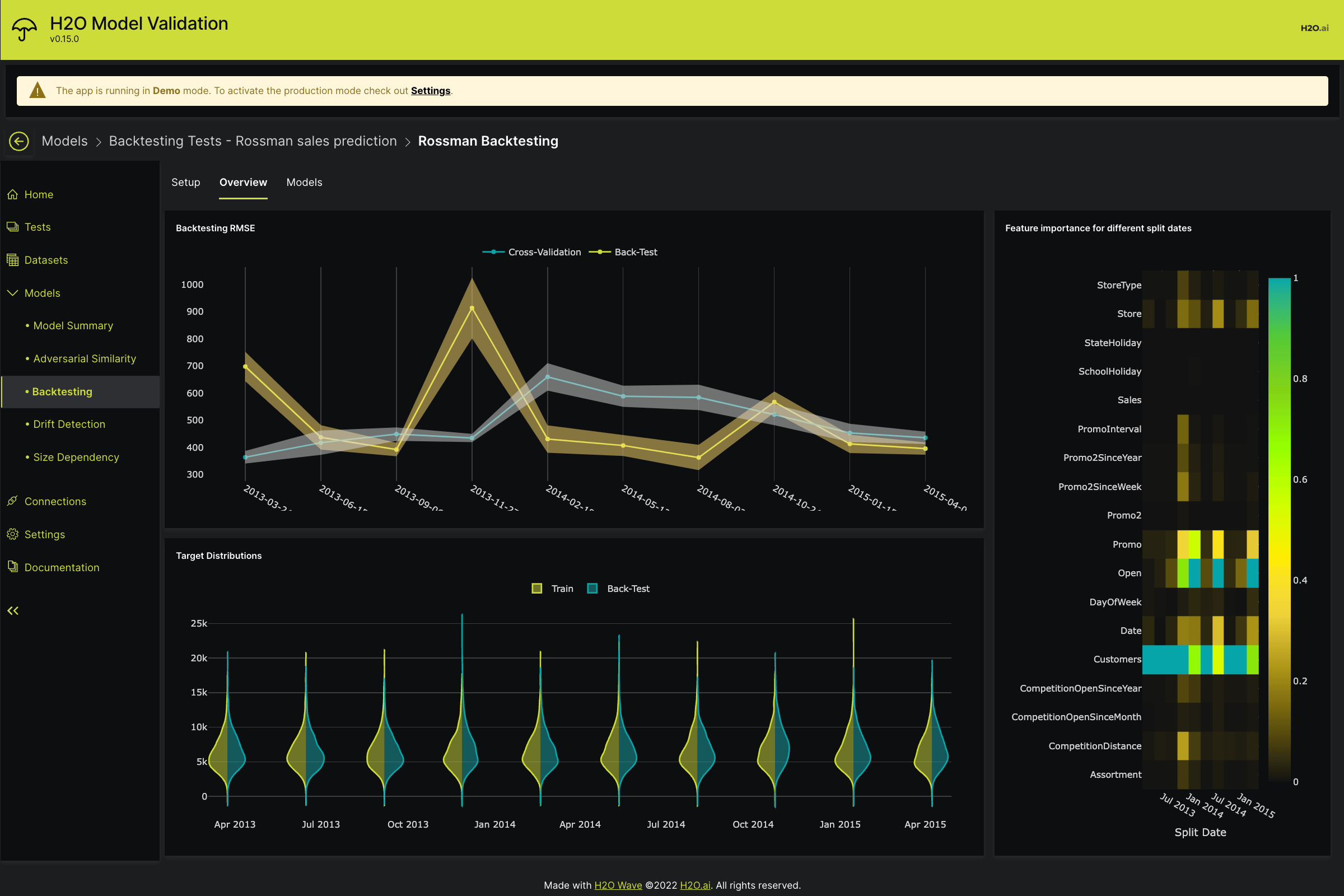 H2O.ai is an open-source machine learning platform that offers scalable and distributed predictive analytics solutions. It provides data ingestion, feature engineering, model training, and deployment tools. It offers various machine learning algorithms, including gradient boosting, random forests, and deep learning models. It supports distributed computing and integration with popular data science libraries. It is known for its speed, scalability, and ease of use. It allows users to build complex predictive models efficiently and deploy them in production environments.
H2O.ai is an open-source machine learning platform that offers scalable and distributed predictive analytics solutions. It provides data ingestion, feature engineering, model training, and deployment tools. It offers various machine learning algorithms, including gradient boosting, random forests, and deep learning models. It supports distributed computing and integration with popular data science libraries. It is known for its speed, scalability, and ease of use. It allows users to build complex predictive models efficiently and deploy them in production environments.
Oracle Data Science
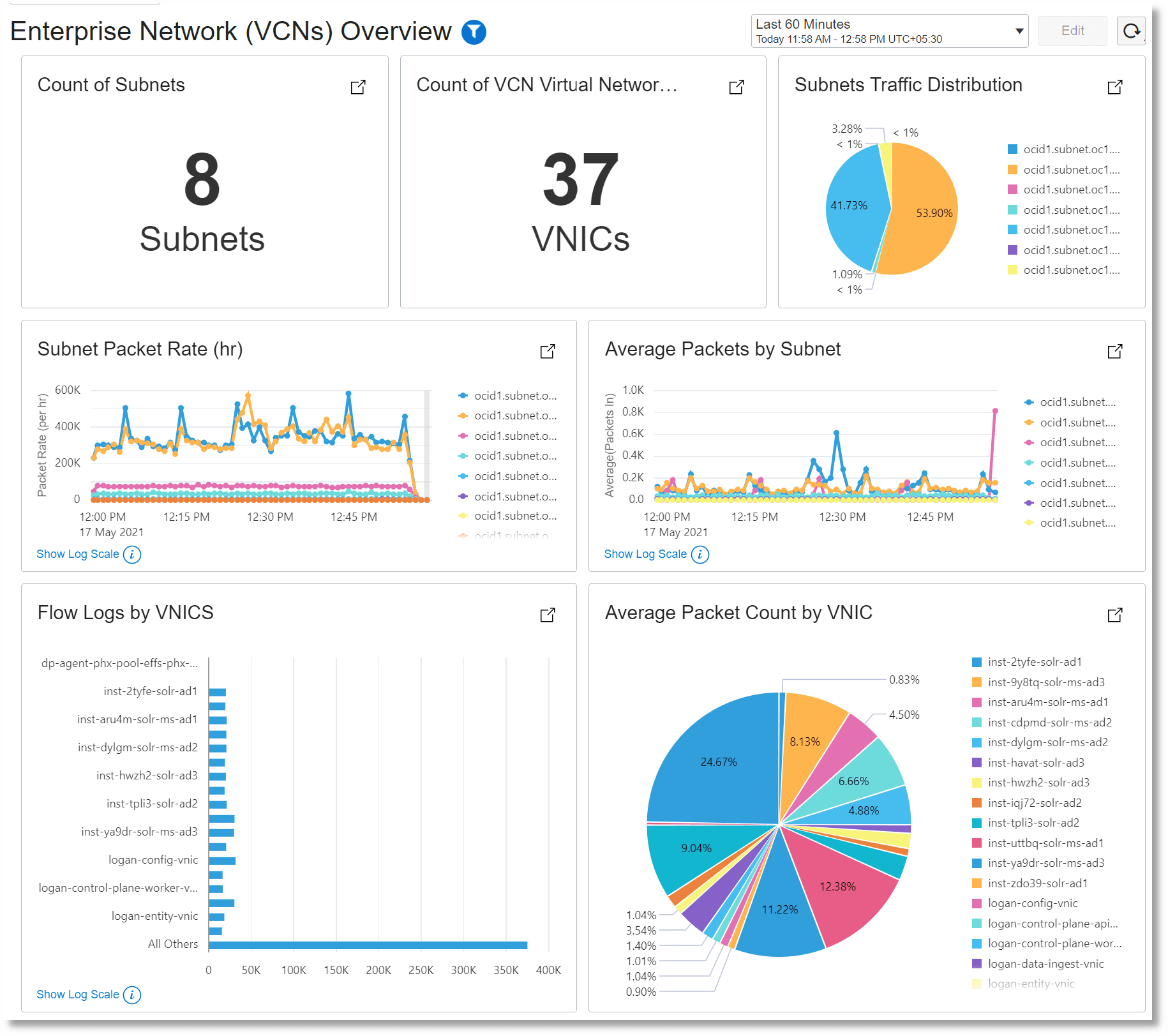 Oracle Data Science is a cloud-based data science and machine learning platform. It provides tools for data exploration, model development, and deployment, leveraging Oracle cloud infrastructure. It Science offers collaborative project environments, integrated data visualization tools, and automated machine learning capabilities. It supports Python and R programming languages for model development. It seamlessly integrates with other Oracle Cloud services, ensuring scalability, security, and reliability. It offers pre-built algorithms and model templates for accelerated development.
Oracle Data Science is a cloud-based data science and machine learning platform. It provides tools for data exploration, model development, and deployment, leveraging Oracle cloud infrastructure. It Science offers collaborative project environments, integrated data visualization tools, and automated machine learning capabilities. It supports Python and R programming languages for model development. It seamlessly integrates with other Oracle Cloud services, ensuring scalability, security, and reliability. It offers pre-built algorithms and model templates for accelerated development.
Conclusion
Businesses can use data-driven insights for proactive decision-making, individualized consumer experiences, and operational efficiency with the help of predictive analytics in e-commerce. Using cutting-edge models and tools like Alteryx, RapidMiner, etc., ecommerce businesses can improve fraud detection, forecast future trends, and optimize inventory management, price strategies, and the overall customer experience. This will help you succeed long-term in the ecommerce industry and achieve your business goals.


 Alteryx offers advanced analytics, spatial analytics, and predictive modeling capabilities. It integrates with multiple data sources and provides data visualization tools. It streamlines predictive analytics workflows, allowing users to derive insights quickly. It supports collaboration among team members and offers scalability for large datasets.
Alteryx offers advanced analytics, spatial analytics, and predictive modeling capabilities. It integrates with multiple data sources and provides data visualization tools. It streamlines predictive analytics workflows, allowing users to derive insights quickly. It supports collaboration among team members and offers scalability for large datasets.











